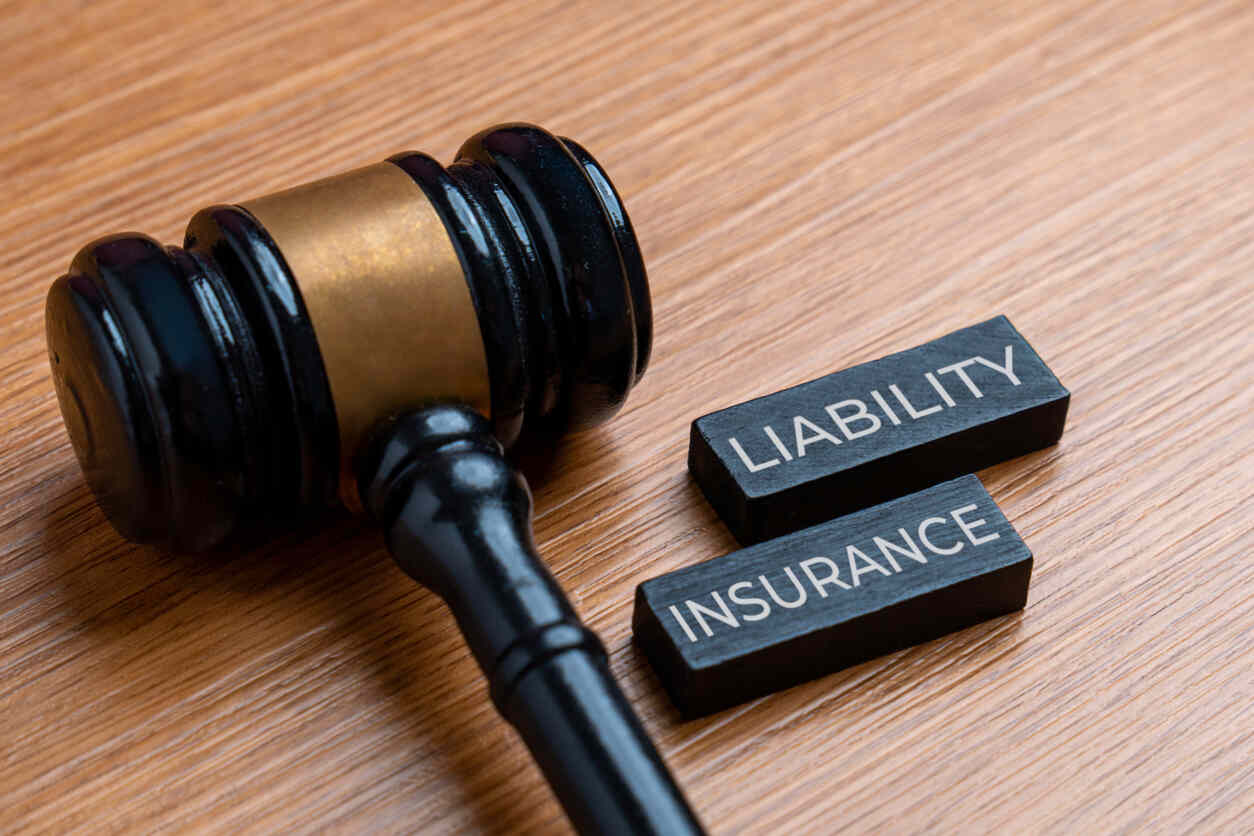Speeding remains one of the leading causes of serious and fatal crashes across Texas. Whether on I-45, Beltway 8, the Westpark Tollway, or neighborhood streets in Houston, drivers who choose to exceed the speed limit create conditions that make collisions more severe and significantly more complex for victims to overcome. What many people don’t realize is that excess speed doesn’t just impact the crash itself. It also changes how liability is established, how damages are calculated, and how insurance companies fight these claims.
For injured Texans, understanding how speed influences each part of the legal process can make a significant difference in the outcome of a case.
How Excess Speed Impacts Liability in a Texas Crash
In Texas, every driver is required to operate their vehicle at a “reasonable and prudent” speed, taking into account traffic, weather, and roadway conditions. That means speeding can be negligent even when a driver is technically below the posted limit.
Speed affects liability in several ways. A driver traveling too fast often has less time to brake, swerve, or avoid a hazard, making it much harder for them to argue they acted safely. Higher speeds also leave behind physical evidence, including long skid marks, severe vehicle damage, and extended debris fields, that can help prove negligence during an investigation.
Key evidence in speeding cases often includes:
- Event data recorder (black box) downloads, which show speed, braking, and throttle position seconds before impact.
- Surveillance and traffic camera footage, frequently found at intersections, commercial parking lots, and tollways.
- Crash reconstruction analysis, especially in cases involving fatalities or catastrophic injuries.
- Witness statements, which can confirm visible speeding or aggressive maneuvers.
When this evidence clearly shows excessive speed, proving liability becomes significantly easier and more difficult for the at-fault driver to contest.
Why Damages Are Higher When Speed Is a Factor
Speed magnifies force. Even a modest increase from 40 mph to 55 mph dramatically increases the severity of impact.
As a result, victims in speeding-related crashes often suffer injuries such as:
- Traumatic brain injuries.
- Spinal cord damage and herniated discs.
- Complex fractures require surgery.
- Internal injuries and organ damage.
- Permanent mobility limitations or disability.
These injuries typically lead to longer recovery times, higher medical bills, and greater long-term losses. That means damages, both economic and non-economic, are often significantly higher when speeding is involved.
High-speed crashes also increase the likelihood that victims will need ongoing treatment, future surgeries, physical therapy, and wage-loss replacement for months or even years. Under Texas law, all of these losses are compensable, but insurers rarely offer fair compensation without a fight.
How Insurance Companies Push Back in Speeding Cases
When excess speed is on the table, insurance companies know the stakes are higher, and their exposure is greater. That’s why insurers often move quickly to shape the narrative and limit payouts.
Common insurance tactics include:
- Arguing shared fault, claiming the victim was distracted, changed lanes improperly, or “should have seen the other driver coming.”
- Requesting recorded statements to lock victims into comments that can be misinterpreted later.
- Minimizing medical injuries, especially soft-tissue or delayed-onset symptoms.
- Pressuring victims to settle early, before the full extent of injuries is known.
In some cases, insurers even hire their own reconstruction experts to downplay speed or shift blame. Without legal representation, victims often find themselves battling sophisticated strategies designed to pay them less than they deserve.
Protecting Your Claim After a High-Speed Crash
If you suspect the other driver was speeding, the most critical step is preserving evidence before it disappears. Event data recorders can overwrite crucial information, and surveillance systems often delete footage within days.
Our experienced Texas personal injury attorney can act quickly to secure this evidence, document the scene, work with expert reconstructionists, and ensure insurance companies cannot distort the facts.
Charles J. Argento Fights for Victims of High-Speed Crashes
Speeding transforms an ordinary collision into a catastrophic event, physically, emotionally, and financially. If you or a loved one was injured in a high-speed crash in Houston or anywhere in Texas, you deserve an advocate who understands the stakes and knows how to hold negligent drivers accountable.
Charles J. Argento has built a reputation for taking on aggressive insurers and proving the full extent of a victim’s losses, especially in complex, high-speed collisions. If you need help, contact us today at (713) 225-5050 or online for a free, no-obligation consultation.

















